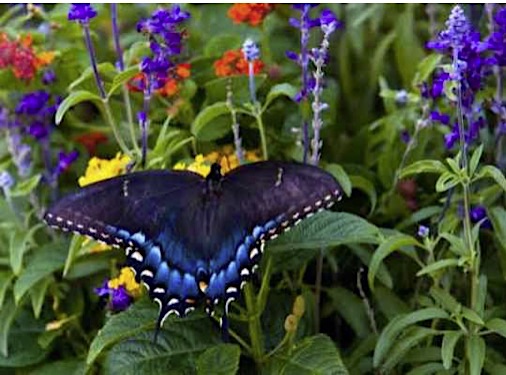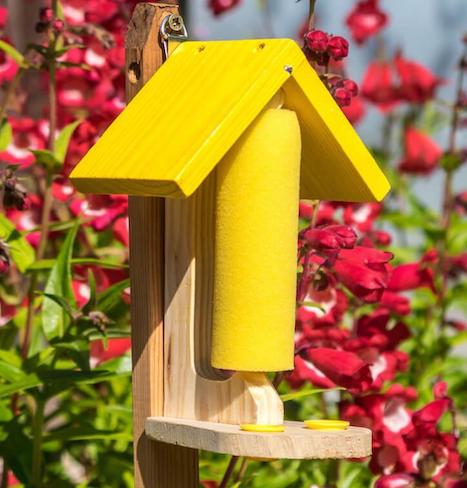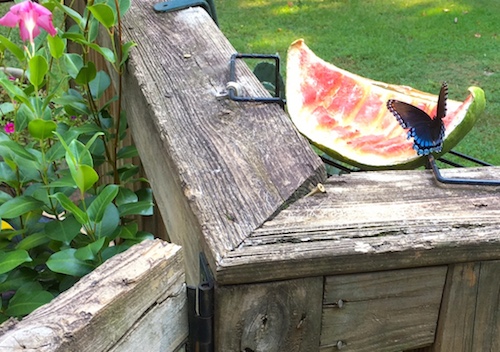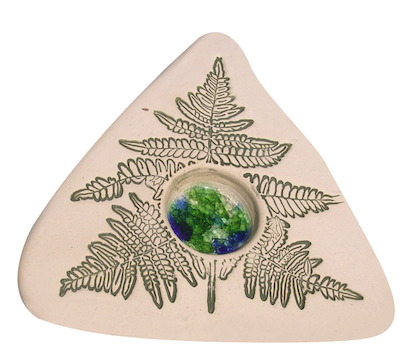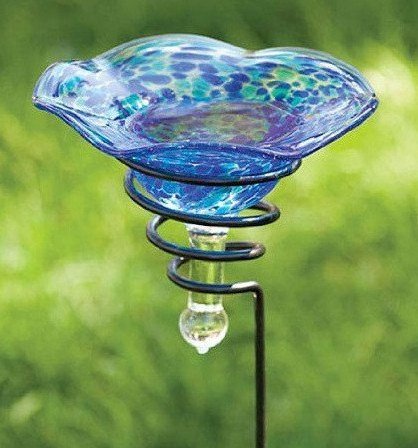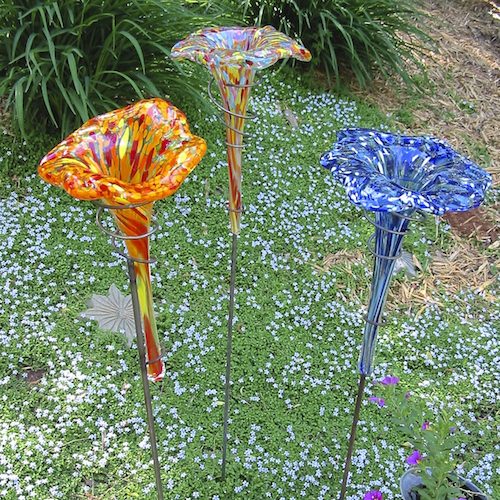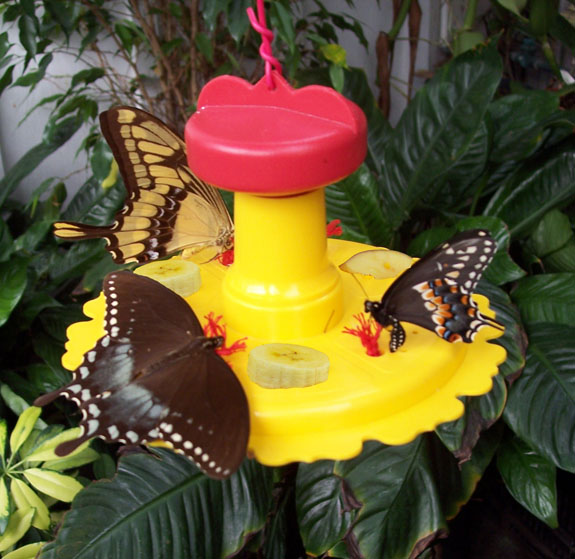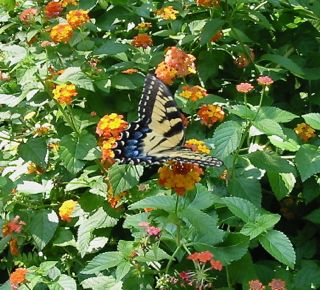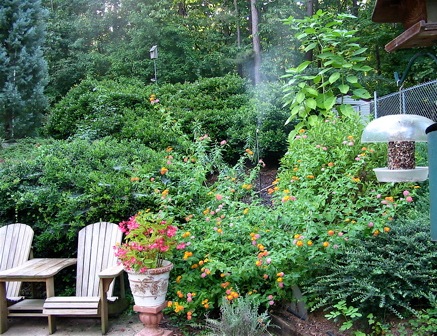-
Add a Bee or Butterfly Feeder & Help Pollinators Thrive
“I am currently turning my weedy flower garden into a bird station with flowers for pollinators! (no more weeds!) I am very excited about my project and will have it completed by next Spring. So I am having fun perusing your website and procuring items to begin installation after Winter. For now, I’m preparing soil and tweaking my plans. Thanks for your wonderful shop! ” ~Nancy
The note above was recently sent in by a customer and friend… it’s simply music to our ears! Consider adding a bee or butterfly feeder to help all pollinators and to ease the great monarch migration in fall.
Fall plantings beyond your traditional mum varieties will extend your garden’s blooming season and even better yet, continue to attract butterflies! By choosing some of these beautiful, fall blooming plans in your garden, you’ll enjoy an abundance of blooms and continue to attract butterflies.
Even though we see a plethora of butterflies in spring and summer months surrounding our flowers, there are still many that have a need for nectar in the fall. Some varieties have migration paths as long as thousands of miles, so good nectar sources are needed along the way. Many butterflies are not migratory and continue searching for nourishment locally. Try your hand at some of these fall plantings for an additional bonus of butterflies to your garden!
Think red, yellow, pink, purple and other bright colors as you design your garden’s artistic palette of blooms for fall. Many flowers attract butterflies and are suitable for almost any garden. Consider plants that can withstand the season’s first or second frost. Some recommended plantings are:- Sedums: Easy to grow plants in gravelly soil in full sun with decent drainage.
Pink and Purple Asters: When sheared in the spring can produce a mound of pleasing, compact loads of daisy-like blooms - Salvia: Continue to bloom through the first hard frost come in many varieties and produce tubular blossoms to attract swallowtails, fritillaries, and other butterflies
- Latana: A favorite of butterflies that blooms in the summer until a hard, killing frost.
- Penta: A true love of the butterfly! Colors are typically bright red and work well in beds, borders, or in pots on a patio
Dark Night - Bluebears: Drought-tolerant for those of you living in dryer regions. Produces clusters of deep-blue flowers and typically grows 3 to 4 feet tall.
Remember, these are just a few varieties of fall bloomers to get you started! Consider fall planting choices for beauty-enhancing blooms and the additional benefit of nourishment for our butterfly friends!
- Sedums: Easy to grow plants in gravelly soil in full sun with decent drainage.
-
Fancy Butterfly Feeders not Required
Migratory winged ones are on the move!
It’s an awesome time of year to catch the action not only of feathered friends- but butterflies too!
Although we’ve nary seen a monarch this year (so very sad) a few other butterfly species have been prevalent. Several Swallowtails, Sulphurs and Viceroys to name a few. And even though we have a great selection on our website… they’re not coming to any fancy butterfly feeders.
A few alternative options to actual butterfly feeders:
•Discarded fruit- provided it’s not too far gone
•Nectar producing flowers- preferably native
•Leaf mistersThese things absolutely work to entice the flying jewels! Leaf misters offer a gentle spray which butterflies adore, you can see them dance and flit through the fine mist. In fact, it’s almost mesmerizing! Their own personal spa, leaf misters also have gardens growing lush. Use these year after year, ours are going on their 10th season!
Discarded fruit is a no-brainer; from oranges, to melons, pears, apples and bananas, place fruit on a deck rail, plate, or anywhere near flowers where you’ve seen the least bit of butterfly activity.
And the flowers? We prefer native perennials. Again, you’ll get year after year of blooms and activity. Lantana is is one of the more common plants in the southeast, in fact it’s almost invasive! Butterfly or milk weed is also a popular host plant. Pollination Trifecta in this video with hummingbird, bees and butterflies on one plant!
Plan next spring with a few vegetables specifically for butterfly host plants; dill, fennel and parsley are ideal plants to host black swallowtails, and milkweed is a must for monarch caterpillars!
Another easy DIY is creating a waterless pond for butterflies to warm in the sun. Simply place heat-aborbing rocks (so they’re flat) in a sunny spot, add sand and salt and keep moist. You may wish to line the area first with plastic to keep salt out of soil. Sort of a crude version of the popular butterfly puddlers.
And one last tip on feeding butterflies: They do not drink from an open water source. When using butterfly feeders like this staked one below, place a sponge in the center to soak up nectar. This acts as a wick where butterflies draw nectar like they do in nature from flowers.
Ok, maybe we’re wrong, the really really last tip: Stop using chemicals like pesticides, fertilizers and herbicides. Natural is the new landscape, manicured, pristine lawns and gardens are a thing of the past. Do it for butterflies, do it for all pollinators, most of all… do it for the human race!
-
Butterfly Feeders for Unique Garden Accents and Monarchs
Buzz about the Monarch’s dwindling population is more than justified. You may have heard about it, but if not check this fact: Since the mid-90’s their decline has reached 90% from the 20-year average. What’s this mean in terms of real numbers? Swap monarchs for people for a second, every person in the US would be gone except for those living in just two states!
One of the biggest reasons for their decline is believed to be the disappearance of milkweed- the Monarch caterpillar’s only food source, and also the only plant on which Monarchs will lay their eggs. To name a few other culprits; urban sprawl, extreme weather, new farming practices and illegal logging in the butterflies’ winter habitat in Mexico.
Offering suitable habitat and butterfly feeders really does help the local Monarch population. Don’t bother with houses… they don’t use them! Both can be fantastic and unique garden accents – with feeders being much more useful. Butterflies also adore leaf misters, set one up near lantana or any other nectar-producing plant and you’re bound to see some winged action!
The butterfly feeders above are handmade, blown glass flowers on a 36-inch stake. They’re versatile for nectar or fruit, and for songbirds too. The hanging butterfly feeder below has been tested and approved by butterfly experts. A special combination of wicks and tubes mimic real flower blossoms, the design and color attracts butterflies and the nectar reservoir size is ideal to minimize spoilage.
This season, Swallowtails have been spotted in our butterfly habitat, but no Monarchs yet 🙁 Still a few months for their presence in the southeast… we’ll continue to feed and keep watch for the winged wonders!

